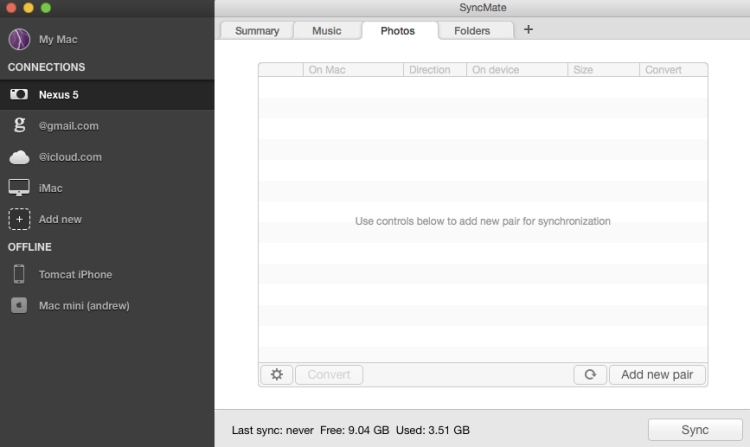

However, do note that standalone cloud storage services can be more variable, as while they will sync data from a main folder, they may not also sync to an additional source, such as a USB drive, which can be important for a 3-2-1 Backup (opens in new tab) strategy plan. While there are general solutions for online storage, syncing has the advantage of updating as your files in real-time, so you always have a current and up-to-date copy of what you need. (which is why the system recommends using the network address (\\192.168.1.10\myfiles vs the folder address/drive: Z:\Photos Read More.File syncing is a feature usually included with backup software, in order to make it easier to manage and recover data as and when required. These days file syncing solutions are usually delivered through cloud-services, making it easier to sync, save, and secure your data. The interface for selecting the origin folder/drive and destination folder/drive can be confusing particularly if you are using drive letters.

There are so many options and so many nuances on backing up and syncing data. Negative: The software is a bit overwhelming initially. The versioning system has saved us thousands of dollars in lost productivity due to corrupted/lost files. The software can backup, do one and two way sync, and create versions (personal favorite!). The software allows creating groups for your "tasks" and group scheduling of bulk processing of tasks. Positive: We are able to link cloud accounts with a local account and do encrypted backups of sensitive data. We've been happy with the cost to upgrade and the value we get from the software. We recently upgraded to the Pro Version for more/better cloud support. Summary: We've been using different versions of SyncBack for over a decade.


 0 kommentar(er)
0 kommentar(er)
